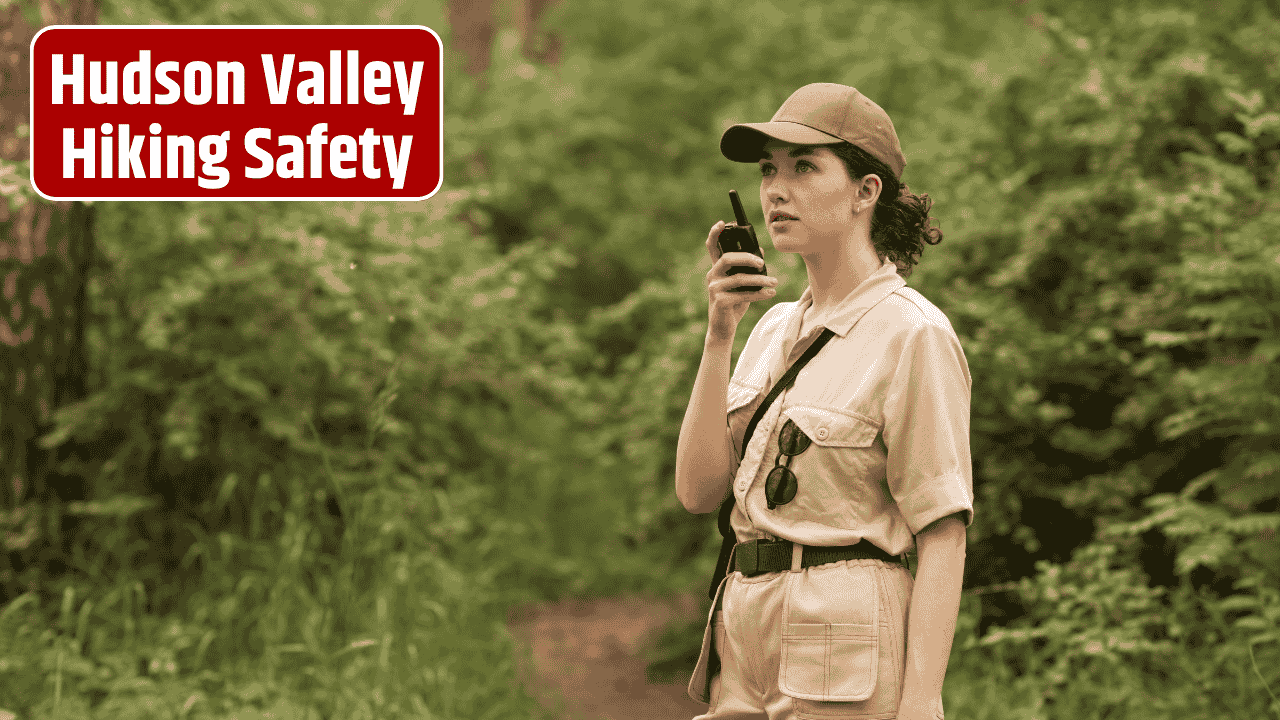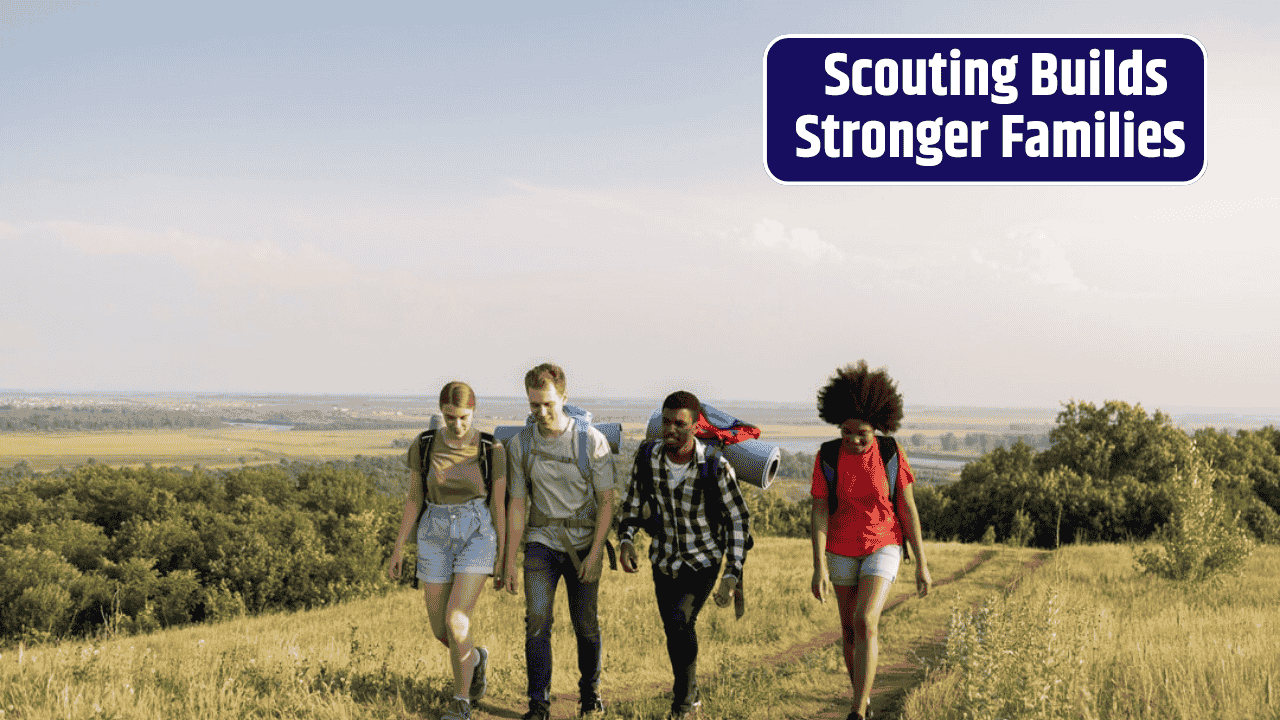Exploring the Hudson Valley on foot can be an unforgettable experience. With its scenic ridgelines, dense forests, and historic trails, this region offers hikers a stunning mix of natural beauty and cultural heritage. But whether you’re a seasoned adventurer or a young scout just getting started, safety should always come first. This guide covers essential tips for hiking safely in the Hudson Valley—ensuring every journey is as safe as it is memorable.
Plan Before You Trek
Before lacing up your boots, take time to plan your hike thoroughly. Start by choosing a trail that matches your group’s skill level. Websites like AllTrails and the NY-NJ Trail Conference offer up-to-date trail conditions, difficulty ratings, and user reviews.
Bring a detailed map of the area—even if you’re using GPS. Mobile signals can be spotty in remote areas of the valley. Know your starting point, trail junctions, and where water sources or emergency shelters are located.
Essentials to Pack
Every hiker, especially scouts, should carry the “Ten Essentials” for safety:
| Item | Purpose |
|---|---|
| Map & Compass | For navigation without GPS |
| Extra Food | Energy for unexpected delays |
| Extra Water | Stay hydrated; bring a filter if possible |
| Rain Gear & Extra Clothing | Weather can change quickly |
| First Aid Kit | Handle cuts, blisters, or sprains |
| Flashlight or Headlamp | For late hikes or emergencies |
| Fire Starter | In case you need warmth or signaling |
| Multi-tool or Knife | Useful for countless needs |
| Sun Protection | Sunglasses, sunscreen, and a hat |
| Emergency Shelter | A tarp or bivvy sack for protection |
Know the Terrain and Weather
The Hudson Valley’s trails vary from flat river walks to rugged climbs like Breakneck Ridge or Mount Beacon. Study the trail elevation, length, and terrain type. If hiking with a scout group, choose trails suited to the youngest or least experienced hiker.
Weather can shift quickly in this region. Always check forecasts before heading out. A sunny morning can turn into a thunderstorm by afternoon, especially in summer. Dress in layers and bring waterproof gear even if skies look clear.
Hike in Groups and Communicate
For scouts, the buddy system is a must. Never hike alone. Stick together, and assign roles like navigator or gear checker to encourage teamwork and responsibility. Make sure an adult leader or scoutmaster knows the plan and estimated return time.
Carry a whistle or two-way radios if cell service is unreliable. In case of emergency, three short whistle blasts signal distress.
Respect Nature and Trail Rules
Practicing Leave No Trace principles is part of being a responsible scout and hiker. Stay on marked trails to protect native vegetation and prevent erosion. Carry out all trash, and don’t disturb wildlife.
Obey posted rules—some areas restrict campfires, pets, or swimming. If hiking through private land easements, be respectful and keep noise levels down.
Be Prepared for Emergencie
Even with the best planning, things can go wrong. A twisted ankle, sudden storm, or getting lost are real possibilities. That’s why scouts train for these situations.
Know basic first aid, how to use a compass, and what to do if separated from your group. Stay put if lost—this makes it easier for rescuers to find you. Carry a brightly colored item or emergency blanket for visibility.
Hiking the Hudson Valley can be an amazing adventure filled with learning, bonding, and breathtaking views. By preparing well, respecting nature, and staying alert, scouts of all ages can explore the region safely and responsibly.
FAQs
What’s the best time of year to hike in the Hudson Valley?
Spring and fall offer mild weather and beautiful scenery. Summer is popular but watch for heat and storms.
Are there any dangerous animals in the area?
Black bears, snakes, and ticks are found here. Make noise while hiking, check for ticks afterward, and store food properly.
How do I know if a trail is safe for kids?
Look for short, low-elevation hikes labeled as “easy.” Research trail reviews and consult with local rangers or guidebooks.
Is cell phone reception reliable?
Not always. Don’t depend on your phone alone—bring a physical map and compass.
Can I camp overnight in the Hudson Valley?
Some trails allow camping in designated areas. Check local regulations before planning an overnight trip.






